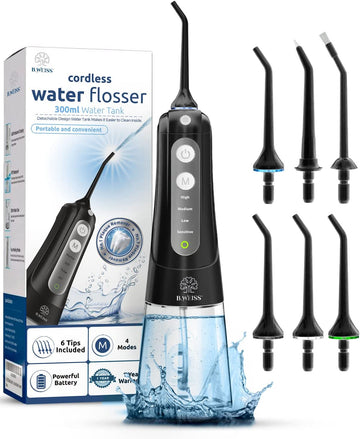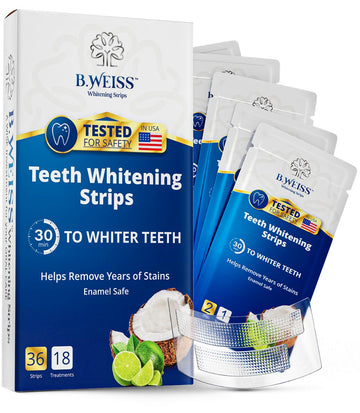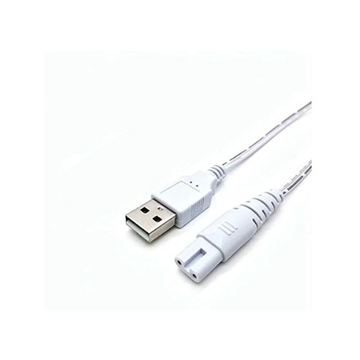Safeguarding Kids from Persulfate in Dental Care
Introduction
Ensuring the oral health of children is paramount, and with increasing awareness of potential risks, it's crucial to safeguard kids from exposure to persulfates in dental care. This article explores the importance of protecting children from persulfates, outlining the risks and offering insights into safe dental care practices.
1. Little Smiles, Big Concerns: Understanding the Risks of Persulfates in Dental Care
Point:
- Recognizing the Presence of Persulfates in Common Dental Products.
Explanation: Many dental care products, including cleaners and solutions, may contain persulfates, which can pose potential risks to children's health, emphasizing the need for awareness.
2. Potential Risks to Kids: Skin Sensitivities and Respiratory Concerns
Point:
- Evaluating the Impact of Persulfates on Children's Skin and Respiratory Health.
Explanation: Continuous exposure to persulfates may lead to skin irritations and respiratory issues in children, underscoring the importance of minimizing risks in dental care.
3. Age-Appropriate Alternatives: The Need for Safe Dental Products for Kids
Point:
- Exploring the Benefits of Age-Appropriate, Persulfate-Free Dental Products.
Explanation: Choosing dental products designed specifically for children and free from persulfates ensures a safer alternative without compromising oral health.
4. Toothbrushing Troubles: Risks of Persulfate Exposure During Routine Care
Point:
- The Importance of Safe Toothbrushing Practices for Kids.
Explanation: Persulfates in toothpaste or mouthwash may pose risks during routine dental care for kids. Adopting safe toothbrushing practices is essential for their well-being.
5. Safe Options for Kids: The Role of Persulfate-Free Dental Products
Point:
- Choosing Persulfate-Free Dental Products Tailored for Children.
Explanation: Persulfate-free alternatives designed for kids offer effective cleaning without the potential risks associated with traditional dental products, ensuring safer oral care practices.
6. Addressing Sensitivity: Hypoallergenic Formulas for Kid-Friendly Dental Care
Point:
- Catering to Oral Sensitivities Through Hypoallergenic Dental Formulas.
Explanation: Incorporating hypoallergenic formulas in dental care products for kids ensures a gentle approach, addressing sensitivities and promoting a comfortable experience.
7. Educational Empowerment: Teaching Kids About Safe Dental Practices
Point:
- Empowering Children Through Education on Safe Dental Habits.
Explanation: Educating children about the importance of safe dental practices, including using persulfate-free products, empowers them to make informed choices for their oral health.
Conclusion: A Brighter, Healthier Dental Future for Kids
In conclusion, safeguarding kids from persulfates in dental care is crucial for their overall well-being. By understanding the risks and adopting safe alternatives, parents and caregivers can ensure that children's smiles are protected. Choosing age-appropriate, persulfate-free dental products and educating kids about safe oral practices contribute to a brighter, healthier dental future. With these measures in place, children can enjoy effective dental care without unnecessary exposure to potential risks, paving the way for a lifetime of healthy smiles.
Ever wondered how to keep your retainer sparkling clean and germ and persulfate-free?
Experience the revolution in retainer cleaning with B. Weiss, featuring a persulfate-free formula. Our original purple tablet isn't just a cleaner. it's a crystal marvel eliminating stains and actively combating yellowing. Say farewell to chemical scents – we've infused a delightful grape fragrance. It's a game-changer, redefining orthodontic care excellence. Don't settle for less, discover the secret to a brighter, healthier smile. What makes this tablet unique? Read on to find out.
Disclaimer:
The content in this article is for informational purposes only and is not a substitute for professional medical advice. Always consult with a healthcare provider before making any changes to your health regimen. The author and publisher do not take responsibility for any consequences resulting from the information provided in this article.





